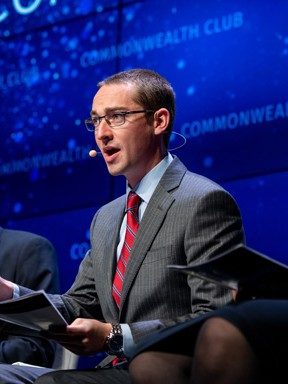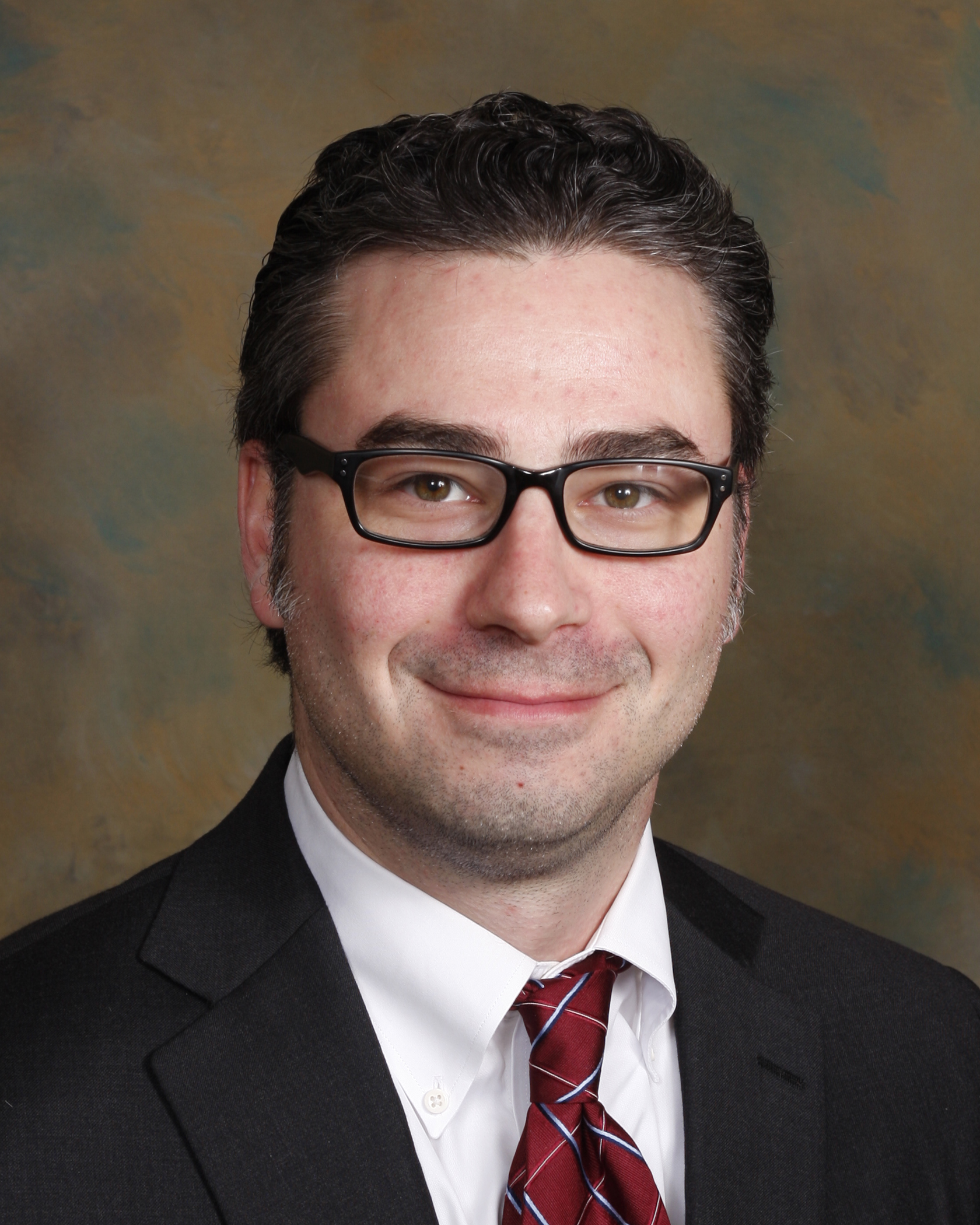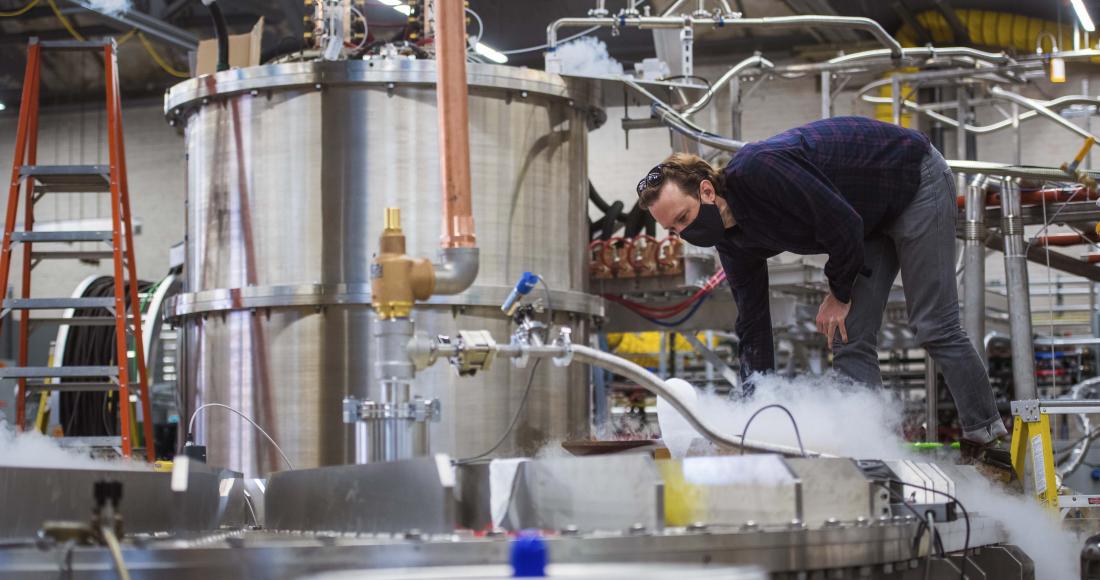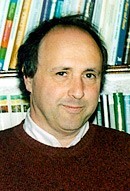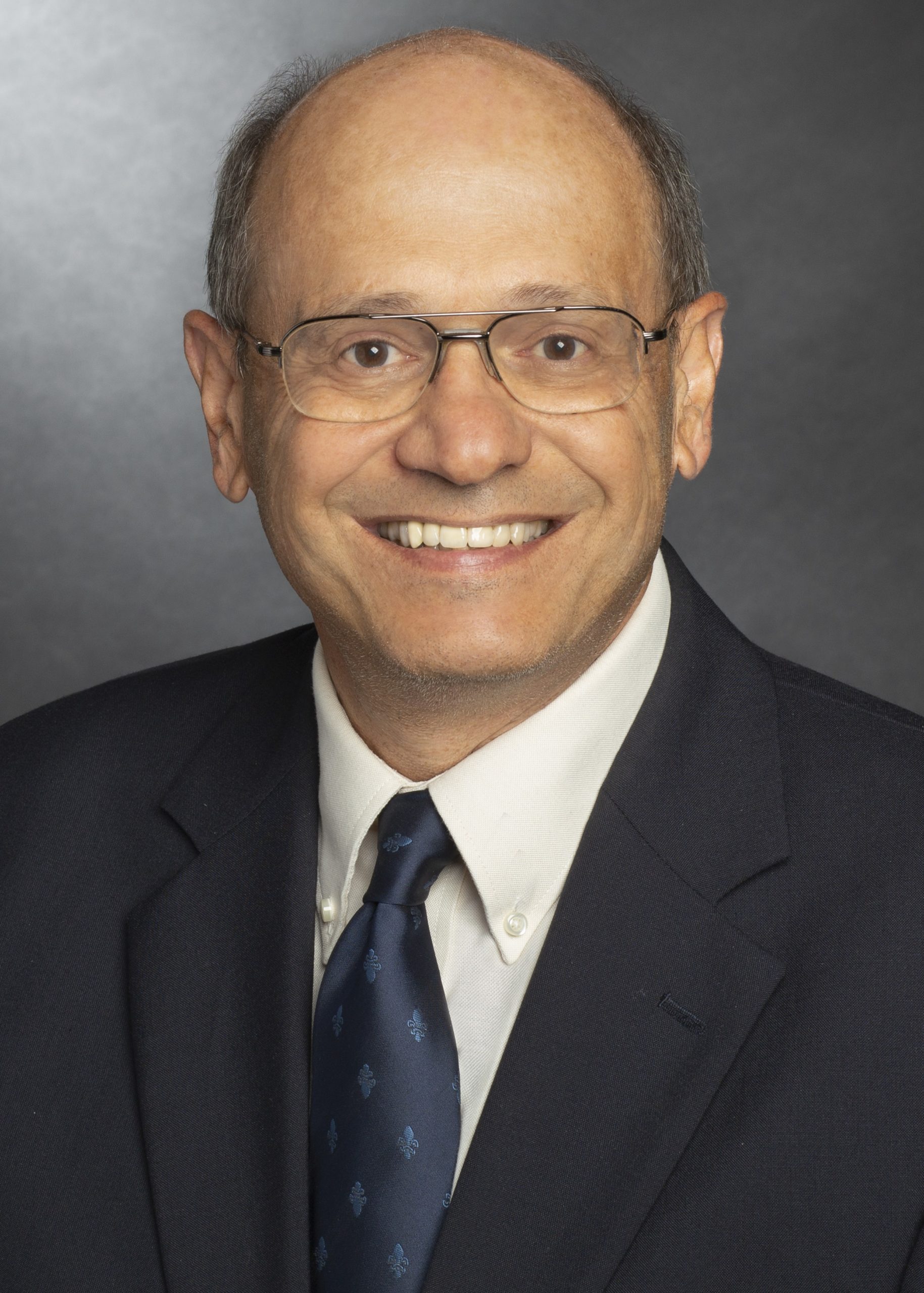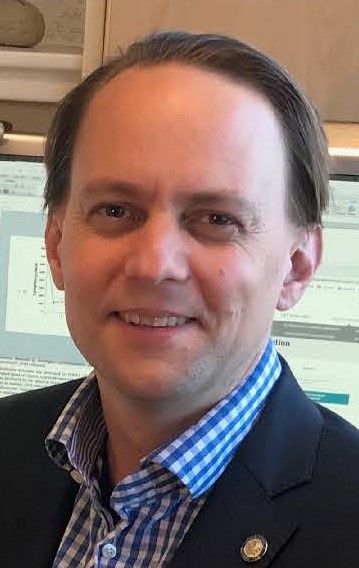Making Sense of Nuclear Infrastructure Risks in Ukraine
3105 Etcheverry Hall 3105 Etcheverry Hall, Berkeley, CA, United StatesJake Hecla PhD candidate in the Department of Nuclear Engineering at the University of California, Berkeley Abstract: The Russian invasion of Ukraine is the first war in which nuclear powerplants and waste management areas have been a major focus of military conflict. In this presentation, we will go over the nuclear infrastructure existing in Ukraine, and …

